Joseph T. Ryerson opened a little iron store on the Chicago River in 1842. By the beginning of the 20th century, the company expanded its operations to New York.
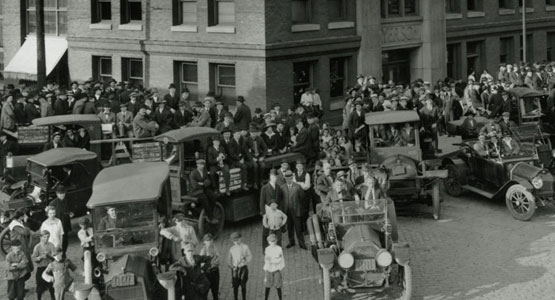
Just after the turn of the century, Ford Motor Company Incorporated began producing vehicles. Ryerson began supplying the auto manufacturer with large supplies of steel.
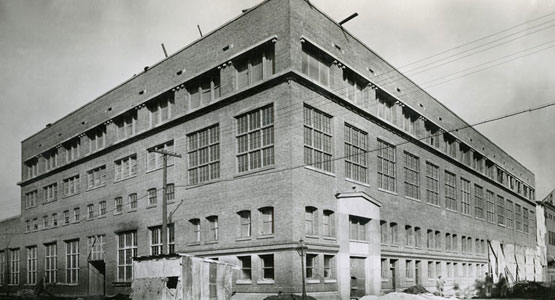
In 1908, Ryerson moved to a larger facility at 16th and Rockwell. A year later, the company opened a warehouse in New York, marking the move outside of Chicago.
The Ryerson inventory expands, adding full stocks of stainless steel and aluminum. Policies and standards are codified as the company grows into a giant based on great service.
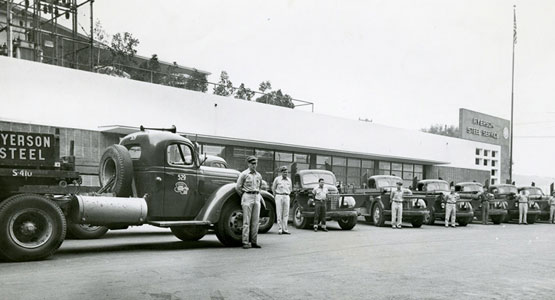
In 1946 the company opened its first West Coast plant in Los Angeles, bringing the number of service centers to twelve.
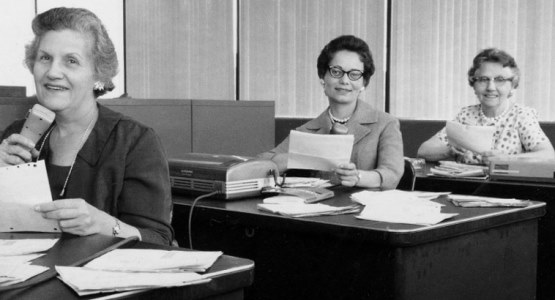
Ryerson publishes an Equal Opportunity Policy in 1957, before it is legally required or common corporate practice.
Growth continues. With the acquisition of Atlanta-based J.M. Tull Metals and Integris Metals, Ryerson greatly expands its presence and capabilities. Ryerson ends this era in its history as one of the largest single-branded metal service centers in the world having assembled a large array of locations and capabilities.
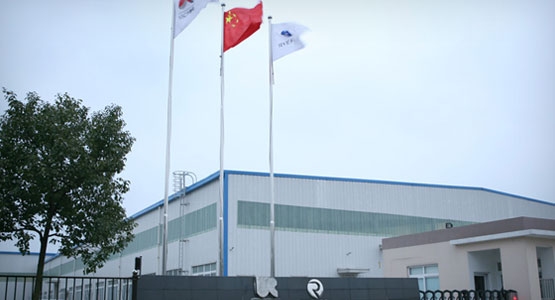
Global growth continues with the acquisition of Van Shung Chong Holdings. Ryerson China Limited is formed, with facilities in Kunshan, Dongguan, Guangzhou and Tianjin.
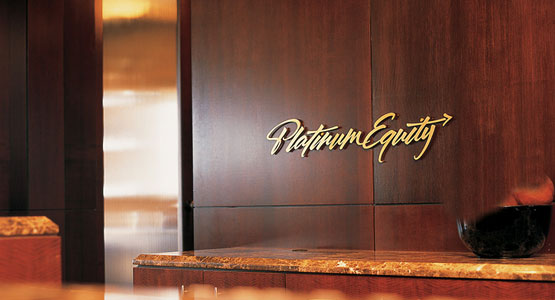
In 2007 Ryerson is acquired by Platinum Equity. By 2010, Ryerson enters Mexico as Ryerson Metals de Mexico and becomes 100% shareholder of Ryerson China Limited.
Ryerson is one of the largest metal suppliers with operations in the United States, Mexico, Canada and China. The company continues to make strategic acquisitions and invests in additional processing capabilities.
Download a copy of Ryerson's complete timeline.